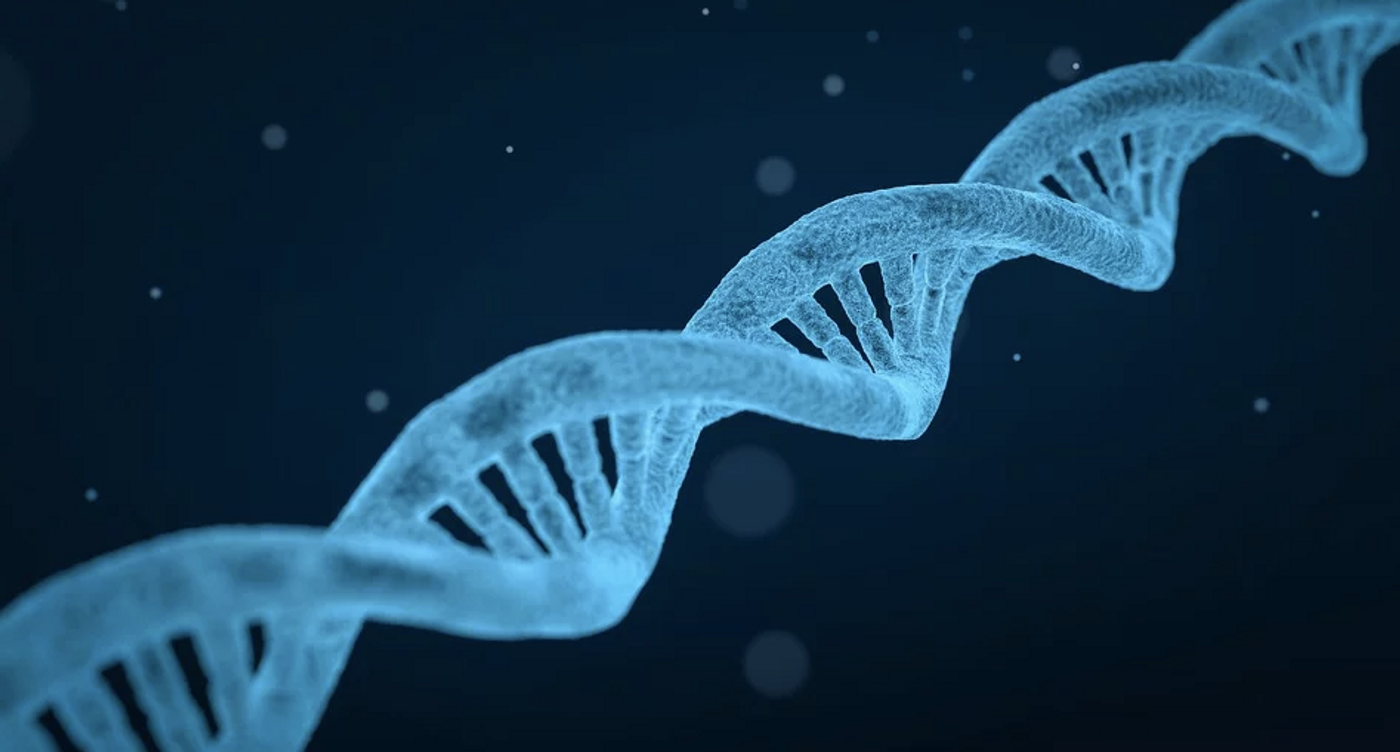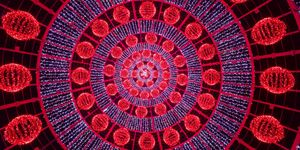As Sperm Mature, They Scan Their DNA and Repair Errors They FInd
Researchers have learned that when sperm cells mature, they activate many of their genes, which enables a repair process to take place; errors in their DNA are fixed during this time. Reporting in Cell, the scientists determined that like many other species including fruit flies, birds, and mice, human sperm cells also turn about 90 percent of their genes on while they mature. For comparison, cells that are part of an organ use around 60 percent of their genes at any given time to perform their functions. Since sperm cells have to divide and multiply over a lifetime, they can accumulate genetic errors over those many cell cycles. This scanning is especially important for them, which are passing their genes to another generation.
"It now seems obvious that sperm activate so many more genes as they develop because doing so runs them through a DNA repair process, and protects the integrity of messages about to be inherited," said the senior author of the study, Itai Yanai, Ph.D., director of the Institute for Computational Medicine at NYU Langone Health. "We also found that such repair in sperm is less active in genes that are activated, or transcribed, less often. This supports the theory that evolution is using transcription frequency as a lever, dialing it up to preserve the DNA code in some genes, but turning it down to enable changes elsewhere when it contributes to survival."
Exceptions to this activation and repair process included genes related to immunity, which must be able to continue to evolve in order to fight off infectious pathogens.
In this work, the researchers assessed the patterns of gene expression in single cells as sperm matured, using human testes tissue samples from volunteers. They compared this information with human genetic databases to find out how often repairs take place in any given gene. Genes that were turned on just a few times as sperm matured ended up with 15 to 20 percent fewer sequence errors compared to genes that remained off.
The genetic repair involves a process called transcription-coupled repair (TCR), which typically makes quick fixes to DNA before it is transcribed into RNA. It's critical that RNA carries the correct code; that is the molecule that is used to make proteins based on its sequence. TCR can help ensure that errors in the genetic code don't disrupt a protein's function. In sperm, however, TCR is applied to many more genes than usual, and through an as-yet-unknown mechanism, they prevent proteins from being made.
Now the researchers are interested in whether genetic changes that are inherited from sperm are found more often in genes that are not turned on while sperm mature. The children of aging fathers are at greater risk for some genetic diseases; this and future work can help explain why.
"Survival of the fittest is a foundation of evolutional theory, but what if other mechanisms bias which gene types are more susceptible to change before natural selection can act on them?" asks first author Bo Xia, a graduate candidate in Yanai's lab. "Such a bias in the testes would have a dramatic effect, but only over evolutionary time scales, say millions of years."
The lecture in the video above features Professor Yanai.
Sources: AAAS/Eurekalert! via NYU Langone Health / NYU School of Medicine, Cell









